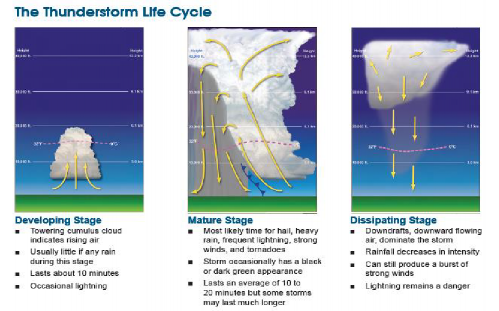Table 7 – comparison between tropical and extra-tropical cyclone
7.3. Thunderstorms and Tornadoes
Unlike Tropical Cyclones, thunderstorms and tornadoes are highly localized weather phenomenon. They are of short duration, occurring over a small area but are violent. They are so small and short lived as to make their prediction very difficult.
A storm accompanied by thunder and lightning is called thunderstorm. It is associated with the cumulonimbus clouds.. Thunderstorms are caused by intense convection on moist hot days. When the clouds extend to heights where sub-zero temperature prevails, hails are formed and they come down as hailstorm. If there is insufficient moisture, a thunderstorm can generate
dust storms. Stages in the development of thunderstorm are described below and shown in figure 33.
1. Cumulus stage: Warm, moist air rises in a buoyant plume or in a series of convective updrafts. As this occurs the air begins to condense into a cumulus cloud. As the warm air within the cloud continues to rise, it eventually cools and condenses. The condensation releases heat into the cloud, warming the air. This, in turn, causes it to rise adiabatically. The convective cloud continues to grow upward, eventually growing above the freezing level where super-cooled water droplets and ice crystals coexist Precipitation begins once the air rises above the freezing level.
2. Mature stage: it is characterized by the presence of both updrafts and downdrafts within the cloud. The downdrafts are initiated by the downward drag of falling precipitation. Cold descending air in the downdraft will often reach the ground before the precipitation. As the mature-stage thunderstorm develops, the cumulus cloud continues to increase in size, height and width. Cloud to ground lightning usually begins when the precipitation first falls from the cloud base. During this phase of the life cycle, the top of the resulting cumulonimbus cloud will start to flatten out, forming an anvil shape often at the top of the troposphere.

